Today’s post is another exciting experience of water activity we did in Mexico despite the shameless post of last week.
I am a water lover. Although I don’t swim well, I don’t float at all, and I get panic very easily in the water, I still looove being in water, especially in a natural water body like lakes, rivers, and ocean. So, when I read that Mexico has beautiful beaches and a bazillion cenotes, I got myself 3 pairs of interchangeable bikinis and a onesie. I had more swimsuits than dresses and that’s when I fully realized our trip was gonna be awesome.
The Yucatan Peninsula lies on a giant bedrock of limestone, a soluble porous type of rock that easily crumbles/dissolves if exposed to water over a period of time. Rain water passes through this bedrock and joins an underground river or water reservoir. Over the time, parts of the bedrock collapse, exposing the underground water system, which makes the birth of cenotes. Yucatan Peninsula is like a cracker on a glass of water.
Not all of the cenotes were made this way tho, some of them were caused by meteors too. There are two different kinds of cenotes that we can swim in; those who are completely out in the open, and those who are underground at the bottom of a cave. Both of them are famous for locals and tourists to cool off on a hot day.
Swimming in cenotes has become one of the main attractions for Mexico, but I can understand that some people travelling to Mexico might have limited time, are stuck to a group itinerary, or just not into water activities, so they would skip the cenotes. But seriously, you’re missing something there if you do that. I mean, if you can manage to go to Mexico, the land of cenotes, why don’t you just damn make sure you visit at the very least one .
Each cenote is different and it will be crazy to recommend you to visit each of them so we did the dirty work for you and summed up to best, easiest to reach cenotes in the Quintana Roo area as a starter.
Disclaimer: this is based upon our very subjective honest opinion (read: sometime I can be vain and shallow), and this is not a paid article although you bet I wished it was.
Cenote Azul vs Yal Ku lagoon fast facts roundup:
Cenote Azul

Location: Riviera Maya, Carretera Cancún - Tulum Km 266, Quintana Roo, Mexico, 20 minutes north of Playa del Carmen
One of the reasons this cenote is worth mention is because it’s very easy to reach, it’s literally by the highway between Cancun and Tulum.
Opening hour: 8.30 AM to 5 PM
Price: 120 mxn per person at the time of writing (early 2020)
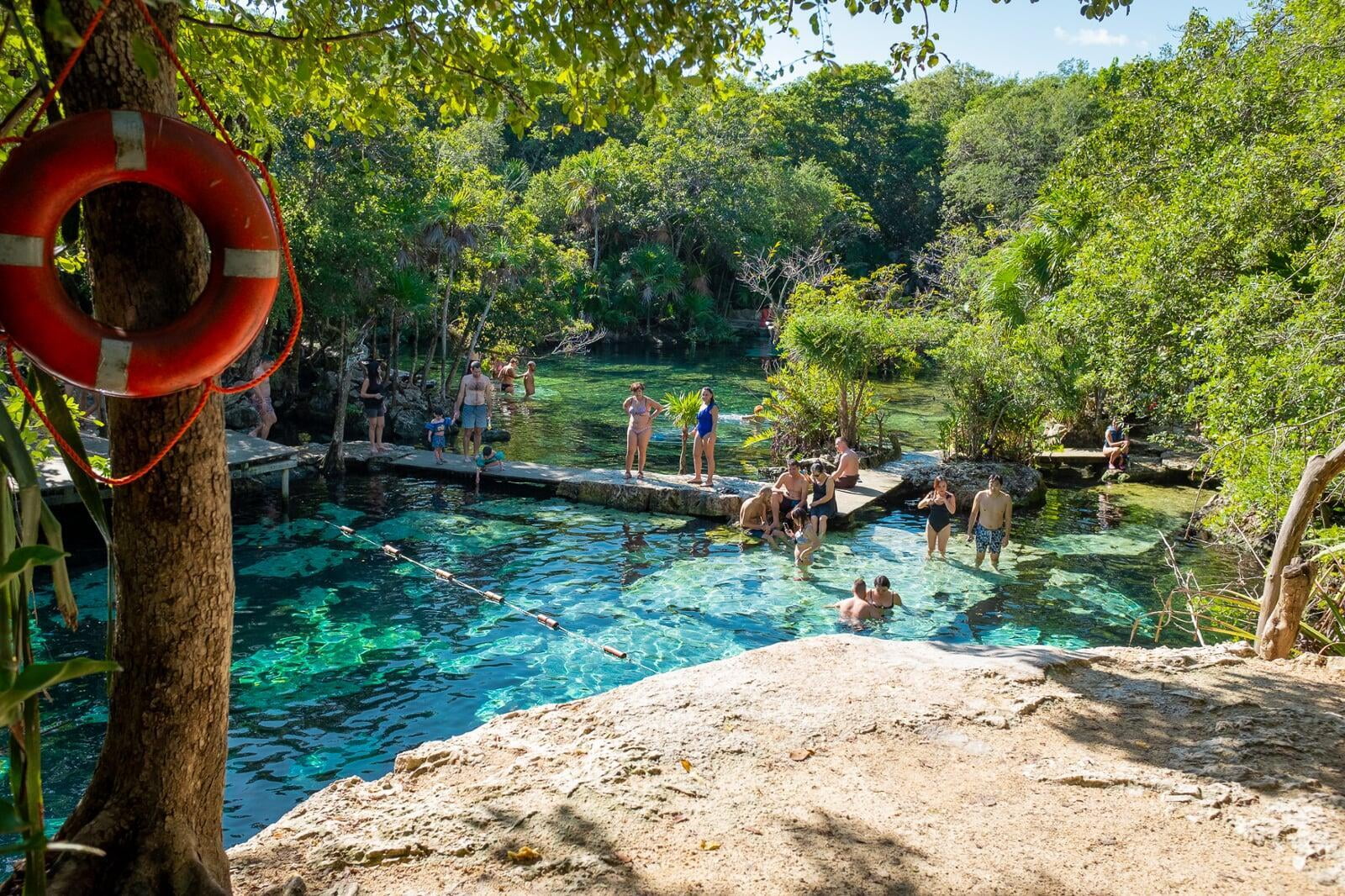
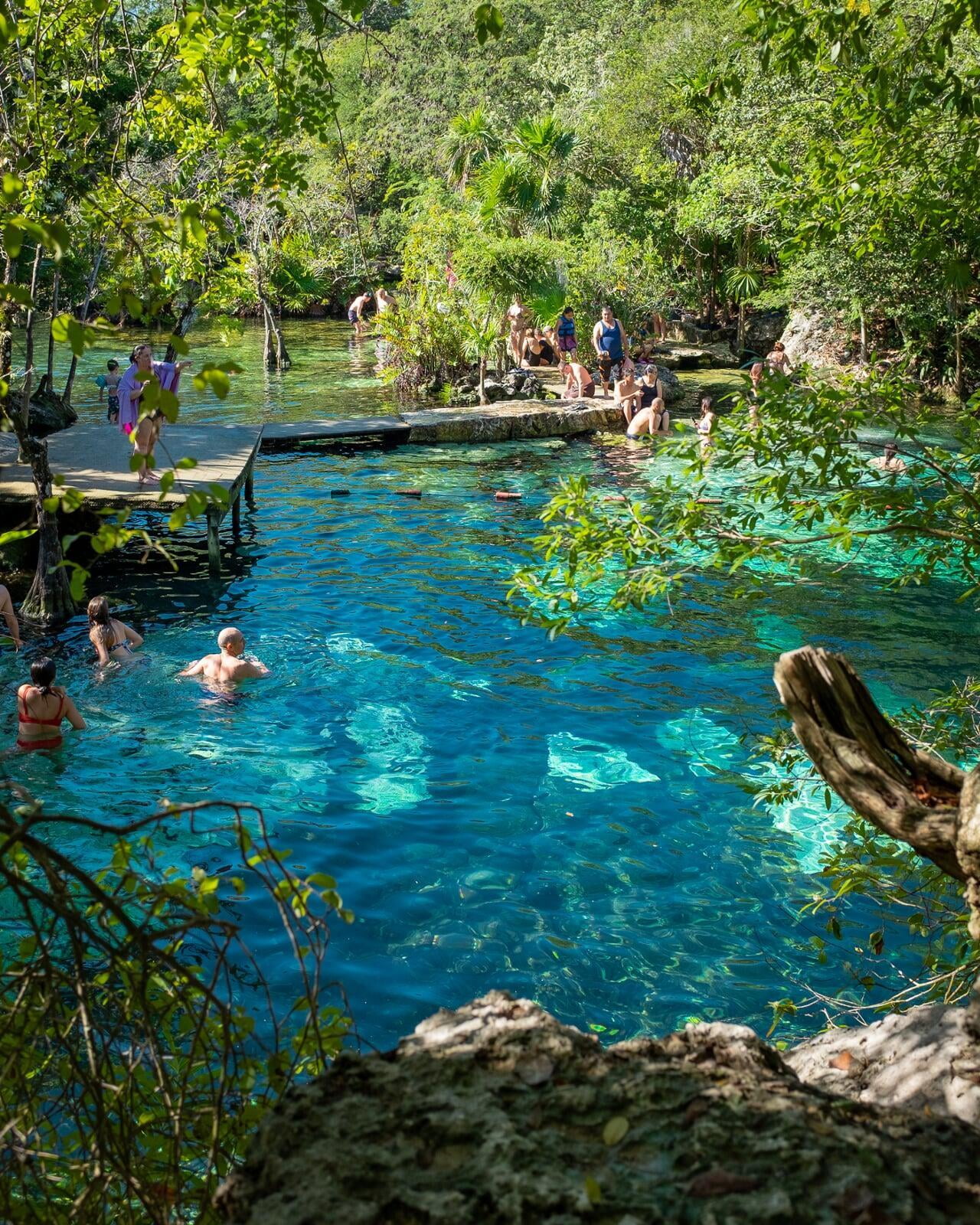
Awesomeness: the beauty is truly in the name for this cenote. The water is amazingly turquoise blue. You can literally see the bottom of the cenote and all the fishes going around. Cenote Azul is a fresh water cenote, which means the variety of the fish types that lives in it are a tad bit limited. There are trees and other plants growing into the cenote and their roots and fallen (rotting) leaves decorate the bottom of the cenote, truly giving you the sensation of swimming in nature. If you ever wonder where all the small guppy fishes you see at a pet shop come from, this cenote does look like the birthplace for them. Some parts of the cenote are very shallow so that when you float planking, your breasts and belly would be an inch away from the bottom of the cenote.
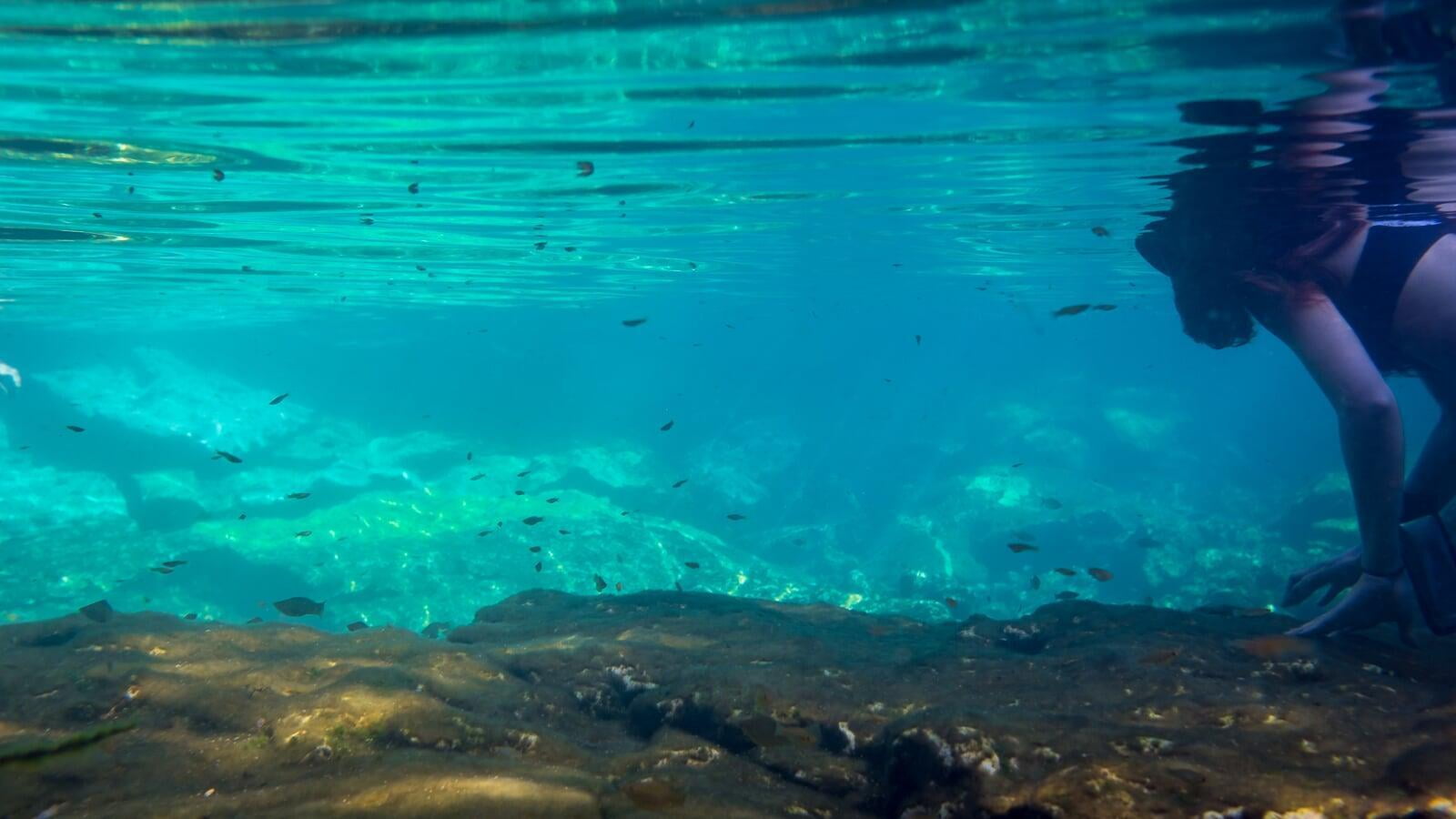
Adventure level:
There is a cliff on one side of the cenote where you can jump right in the deeper part of the cenote, and the other side is the shallow part of the cenote full of guppy fishes. Imagine a natural giant fish spa.
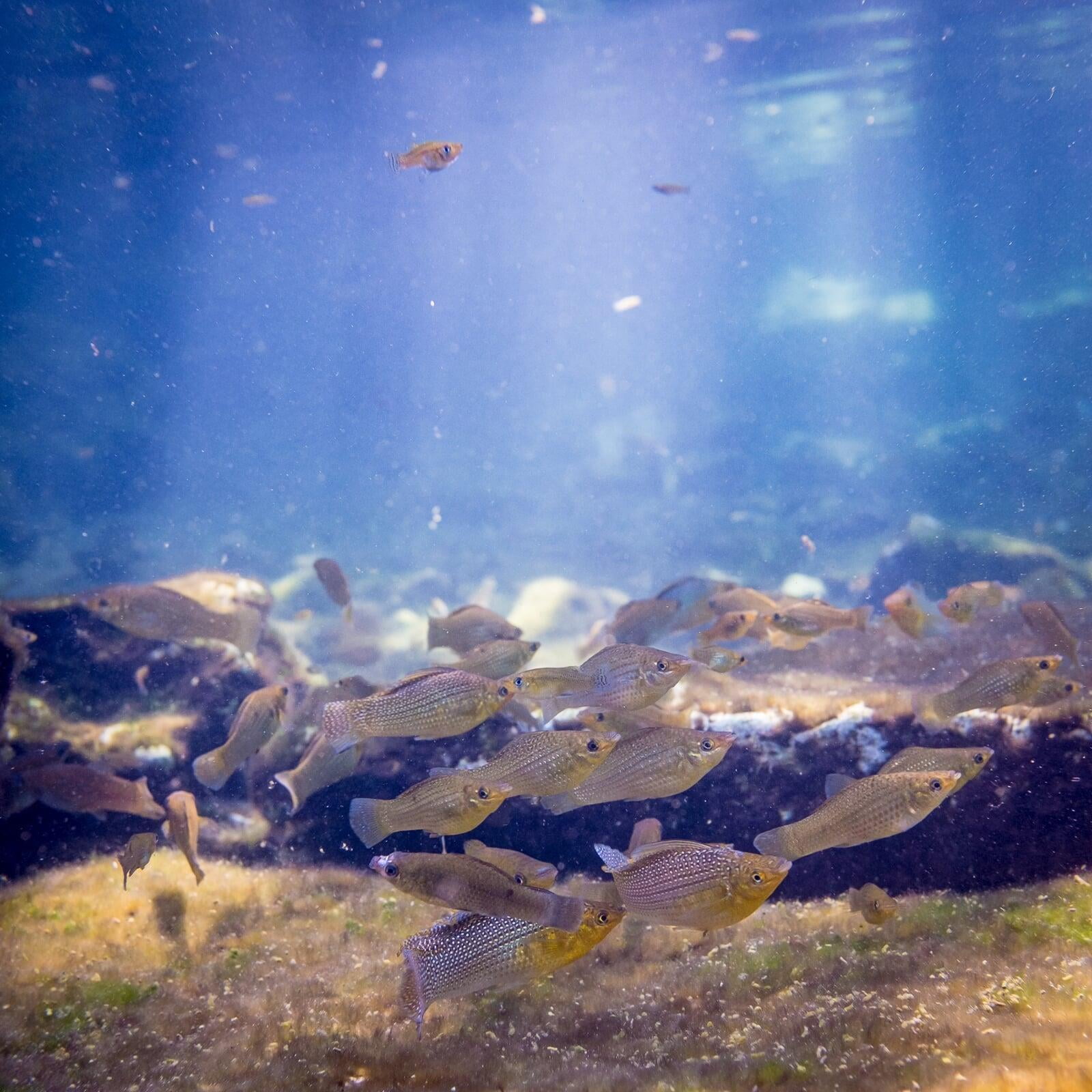
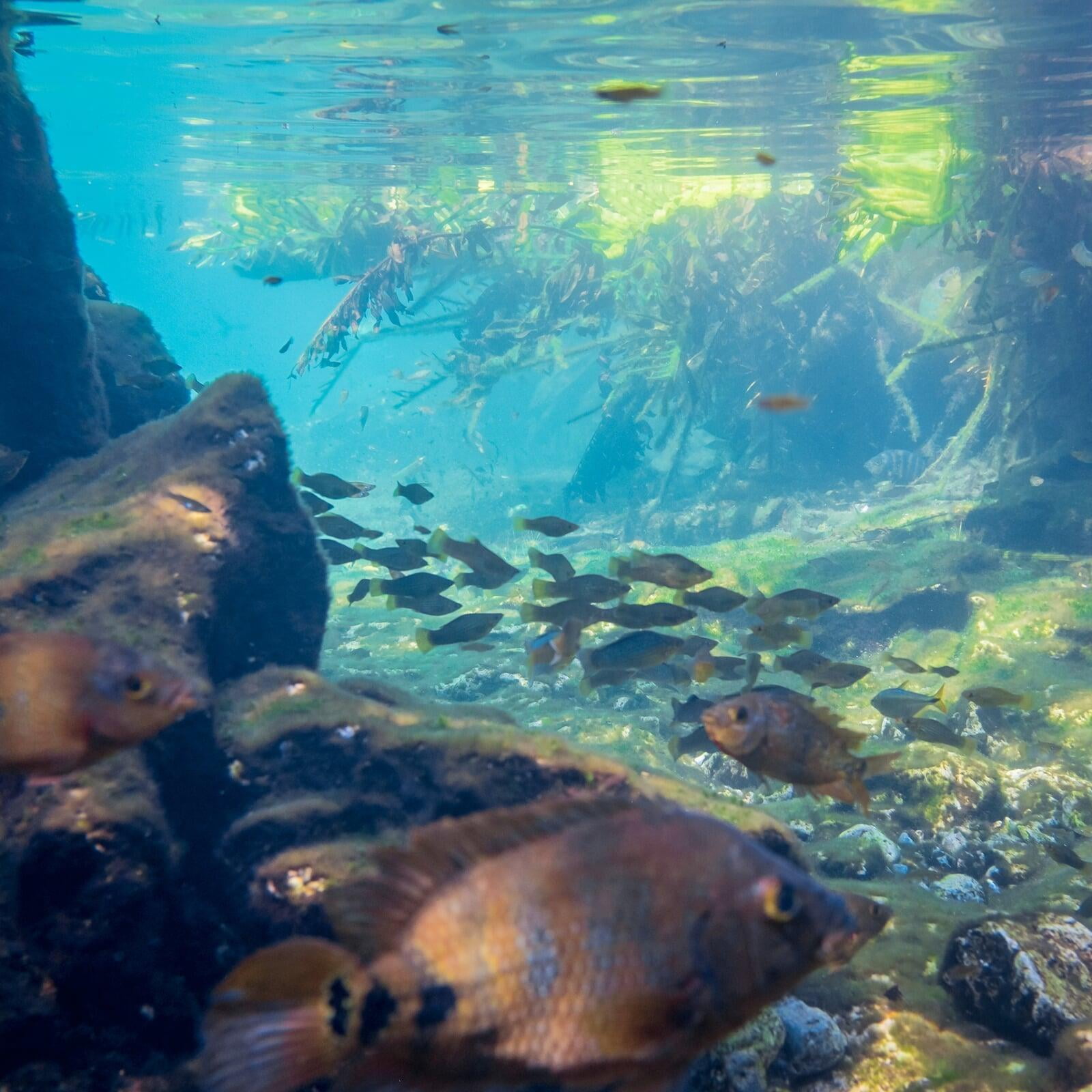
Facilities:
Most of the cenotes have a designated parking area, toilets, and changing area, although not all of them has the same standard of comfort. Luckily, cenote Azul has a decent toilet (that flushes) and changing room for 5 mxn. It also has a tiny snack shack on the corner that sells overpriced snacks. Better top up your snack box at Oxxo (Mexican 7Eleven) beforehand.
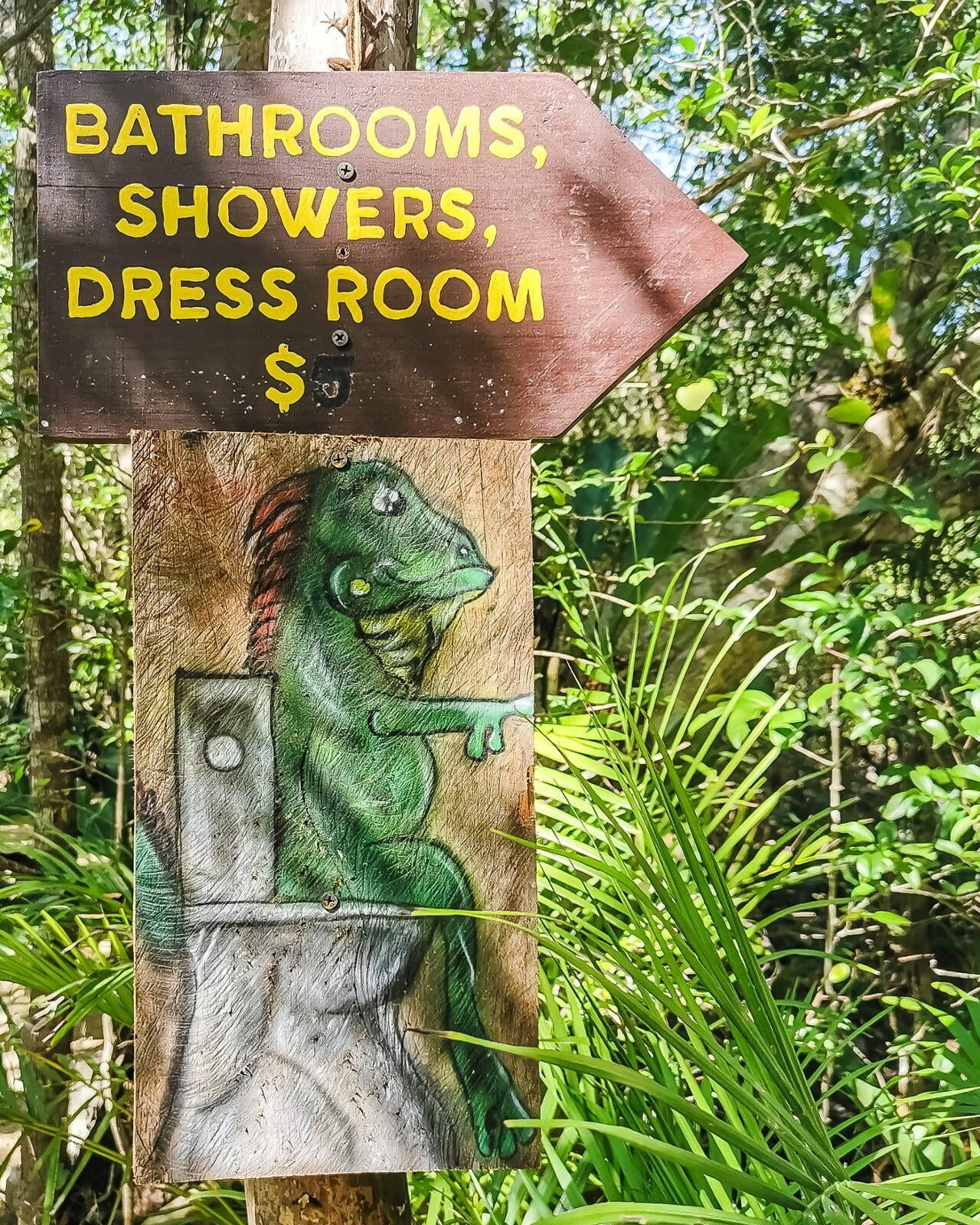
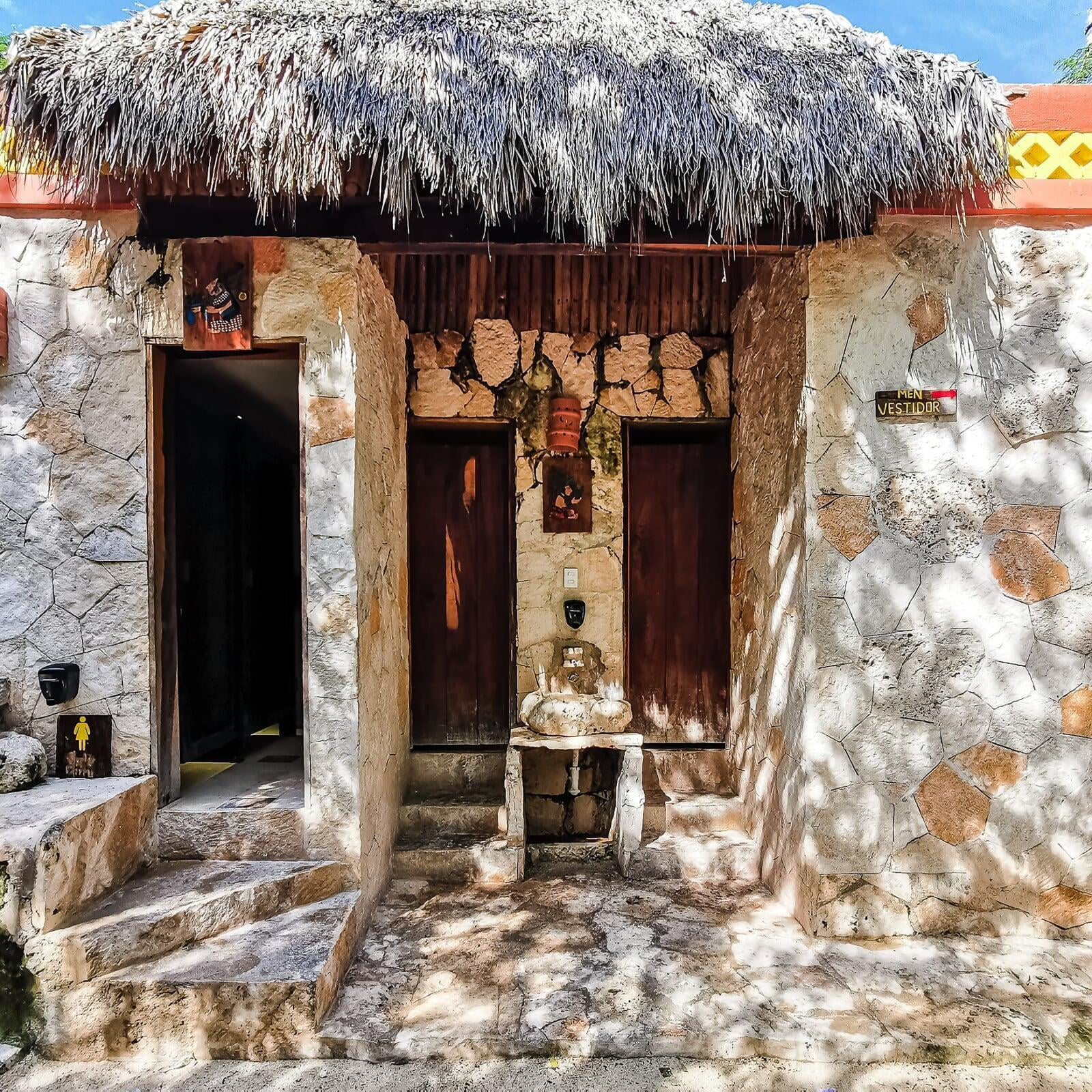
Yal Ku Lagoon
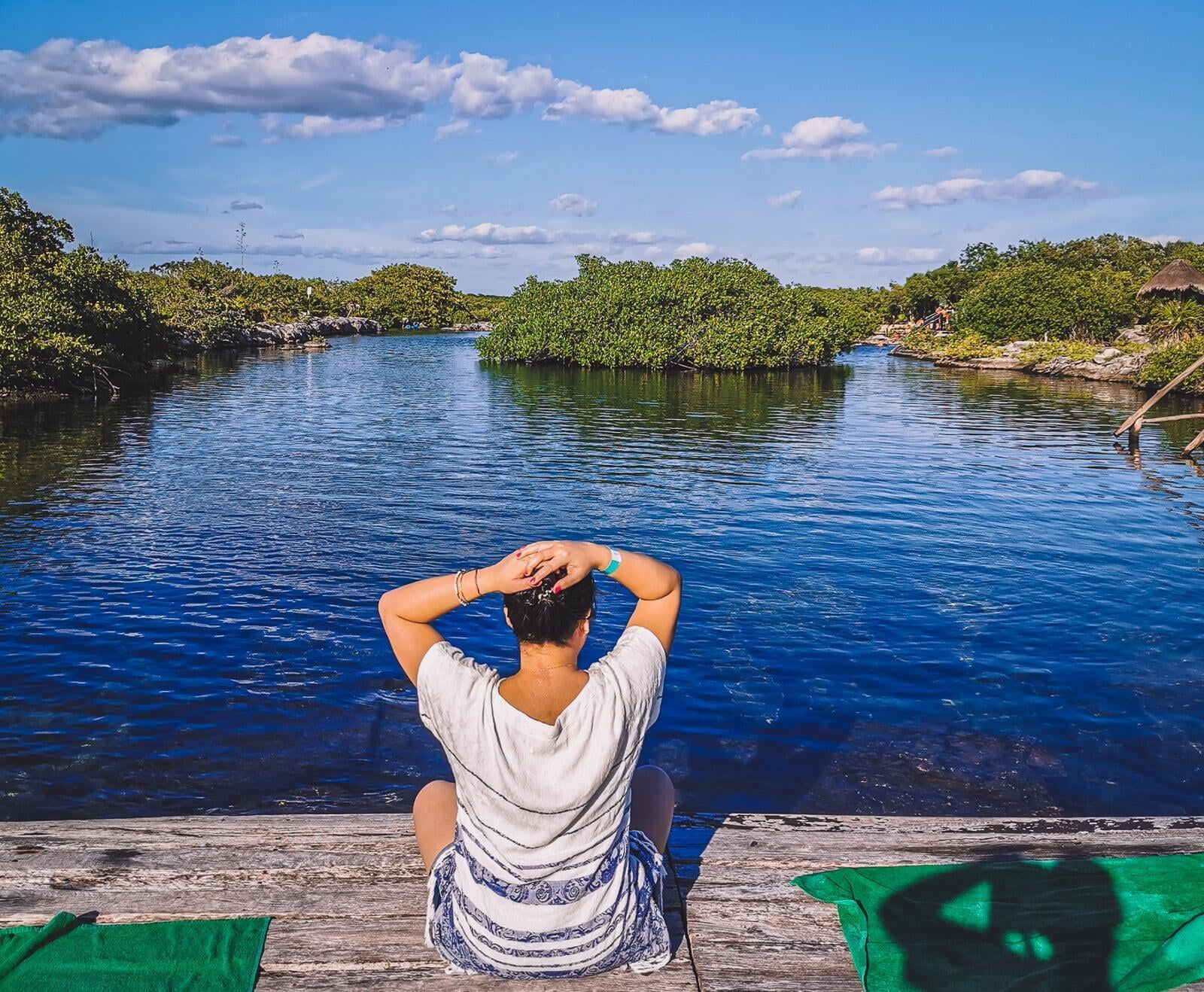
Location: Akumal, Yal Ku, 77776 Tulum, Q.R., Mexico, 20 minutes south of Playa del Carmen
Yal Ku lagoon is not very accessible by public transport, but it’s only about 2 km away from Akumal Bay, a very famous spot to snorkel with turtles. Collectivos and buses pass by Akumal, so you can drop off there and take a taxi to Yal Ku. It sounds complicated, I know, but frankly, it’s easier than it sounds.
Opening hour: 9 am to 5 pm
There are two entrances organized by two different companies offering similar opening hours and entrance fees, each located on one end of the lagoon itself. We took the 2nd entrance, the one at the very end when you come from Akumal. It’s a smaller entrance, tour buses rarely drop their passengers here because the parking lot is simply too small, which means this entrance is less busy than the other one. It doesn’t really matter which entrance you take since you will have access to the entire same lagoon once you’re in.
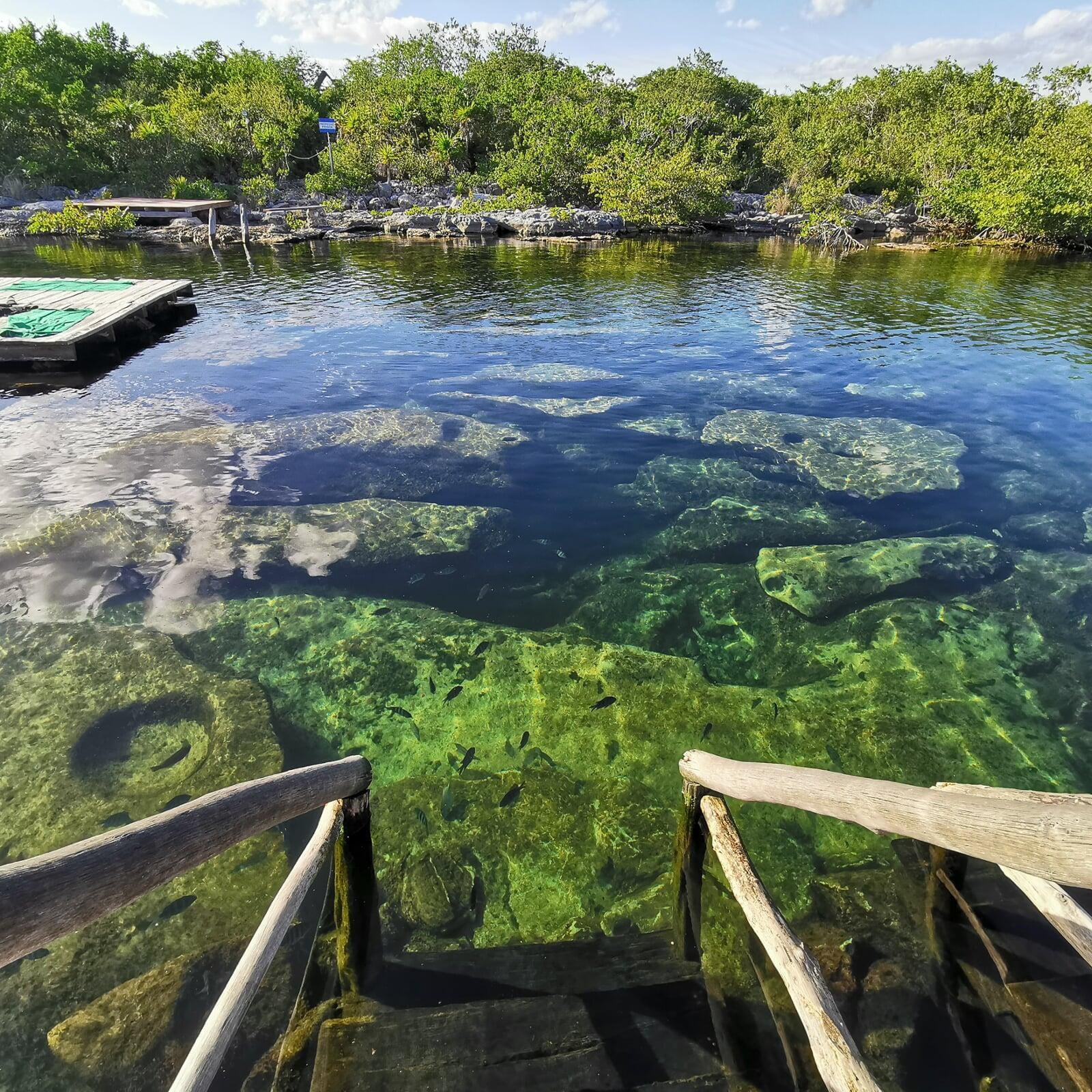
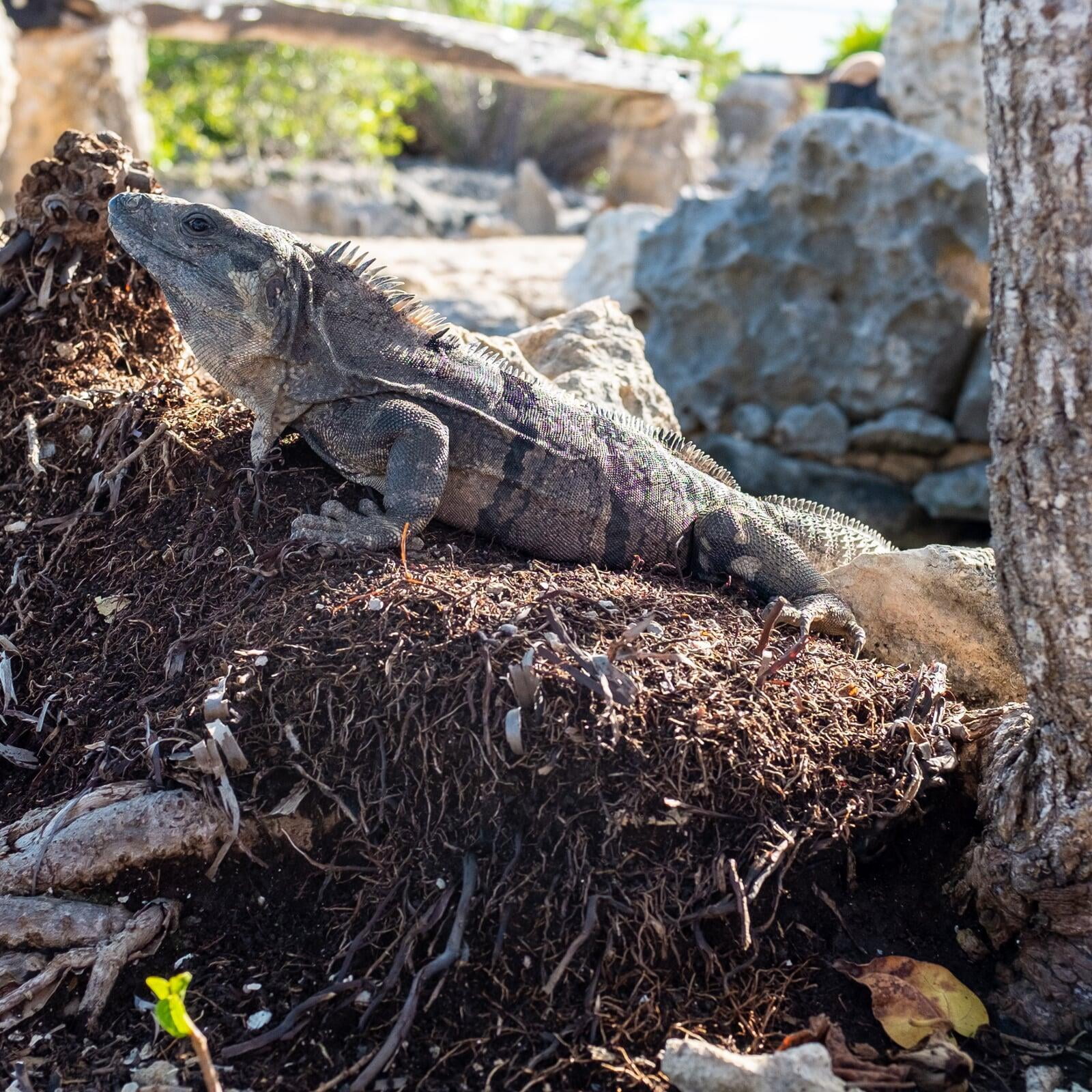
Price: 280 mxn per person at the time of writing (early 2020)
Pool size: Big enough to snorkel for an hour from one end to another. Time passes really fast in this lagoon.
Awesomeness:
The lagoon has an amazing diversity of fishes since its where fresh water from a river and salt water from the ocean meets. You can see the best of both underworlds.
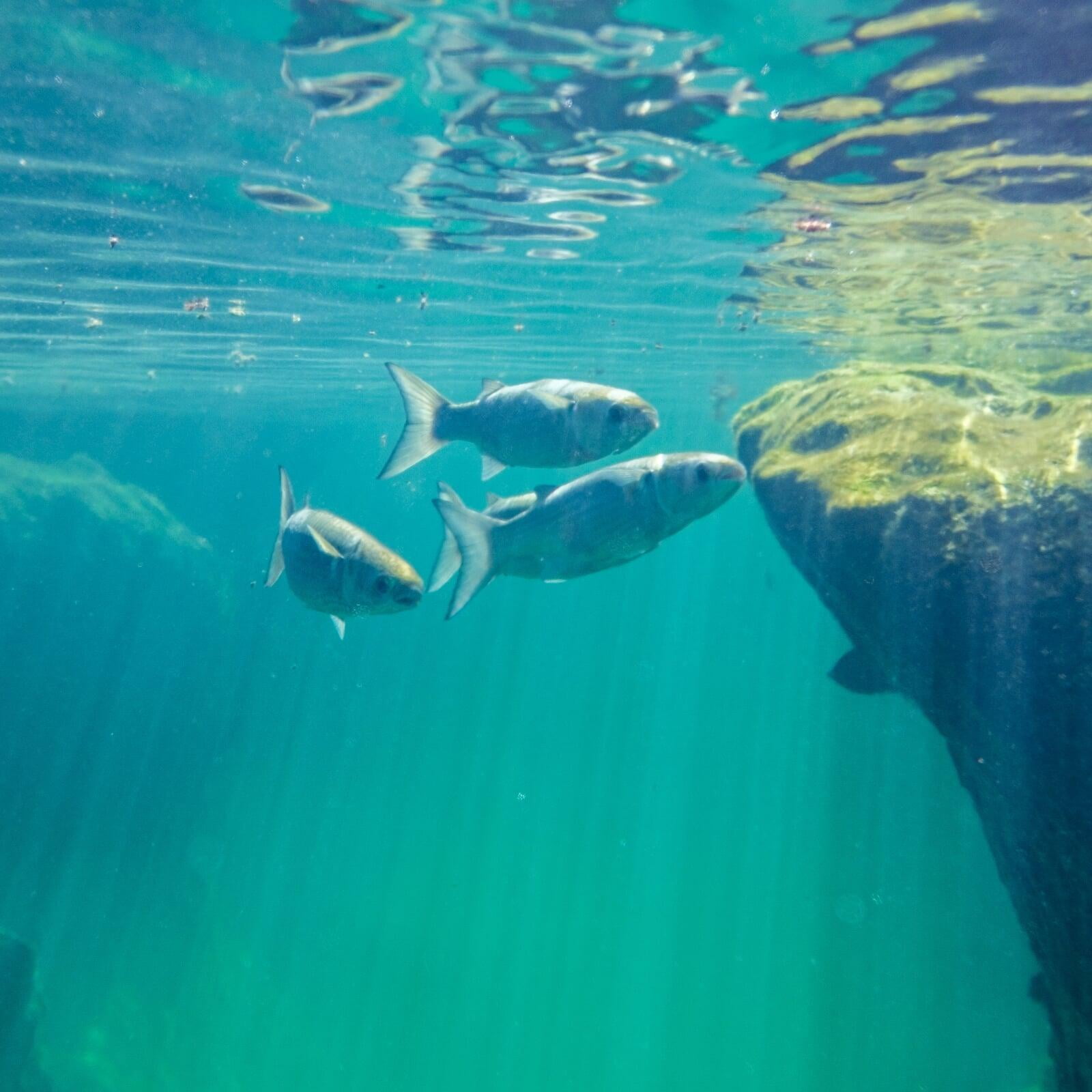
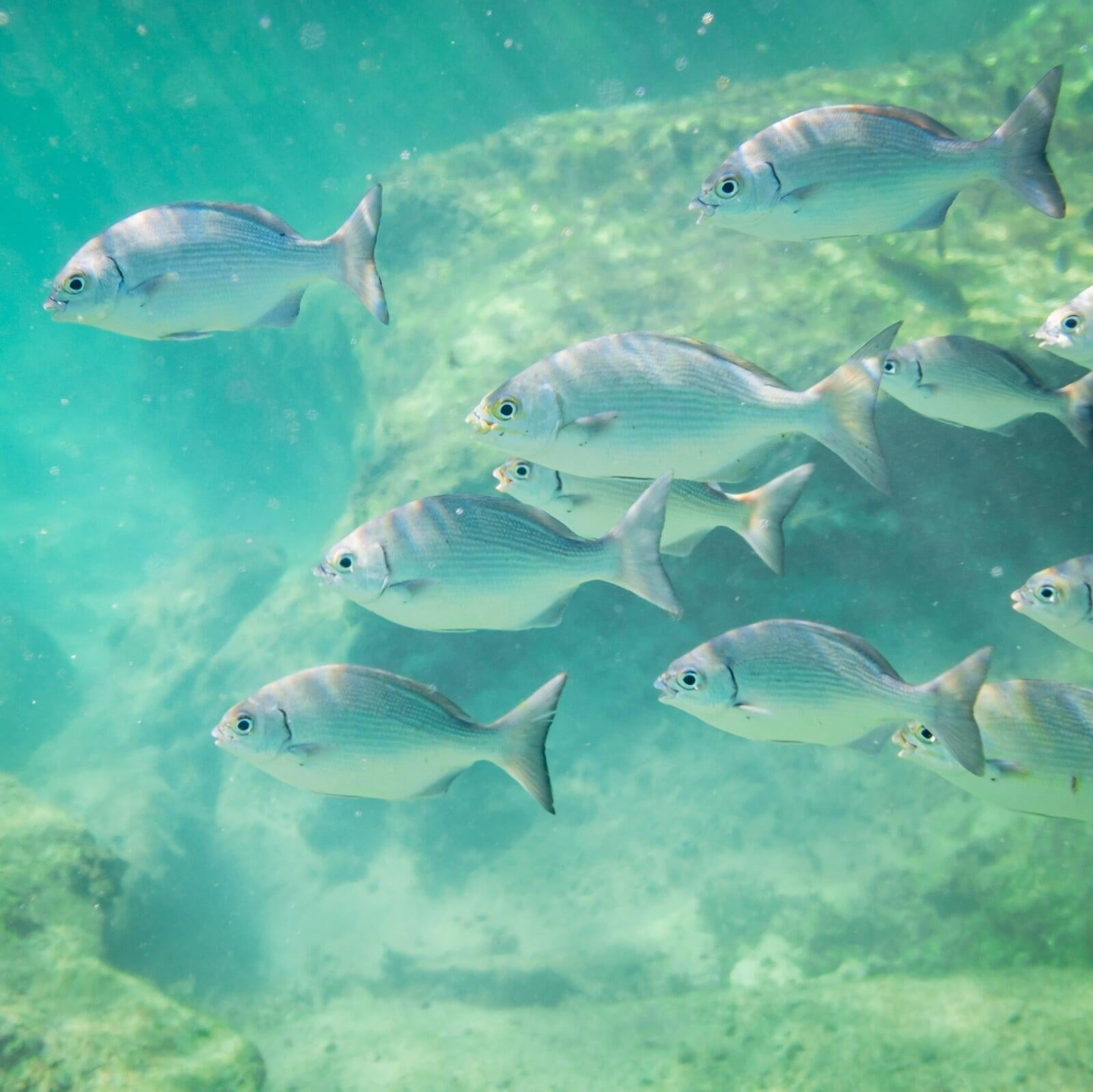
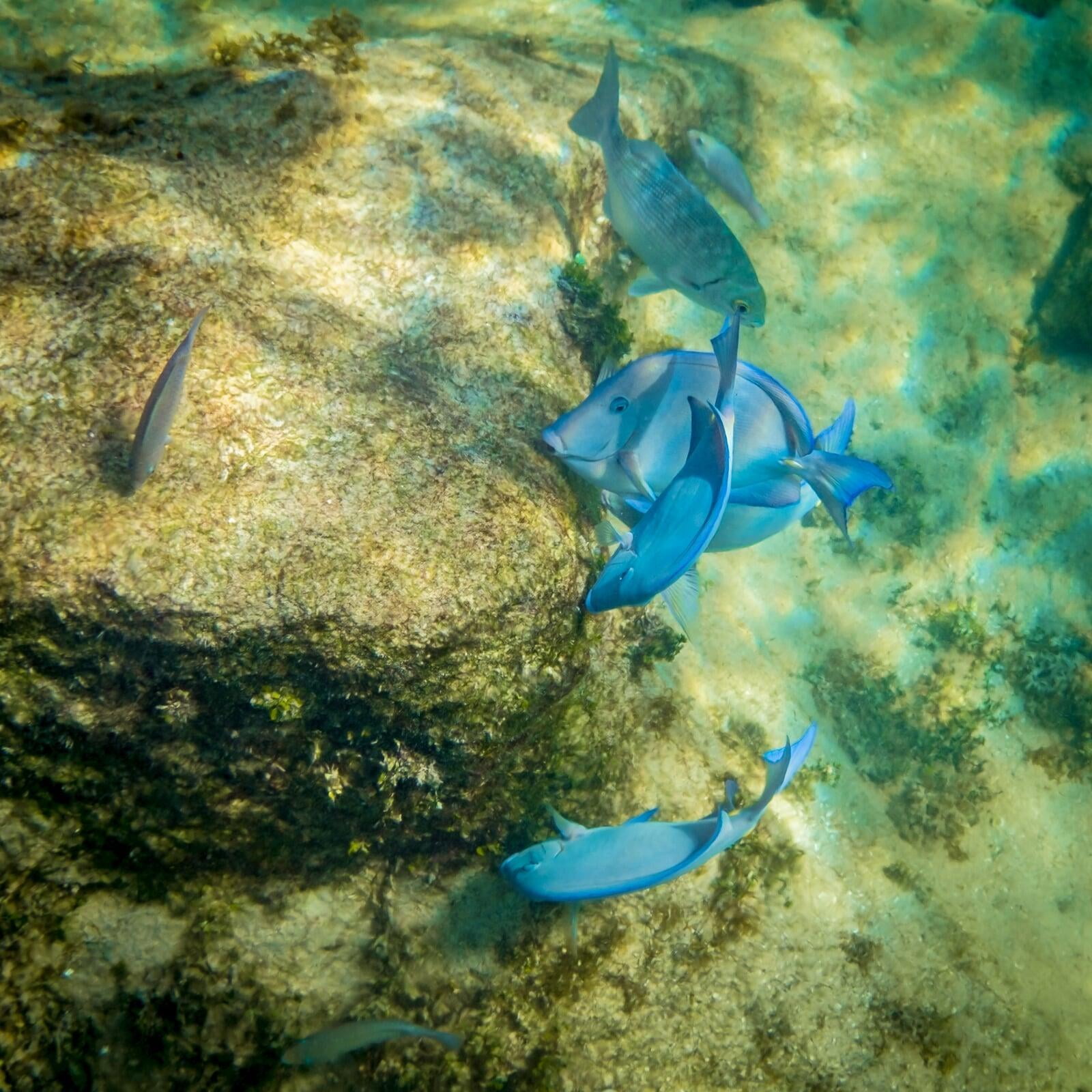
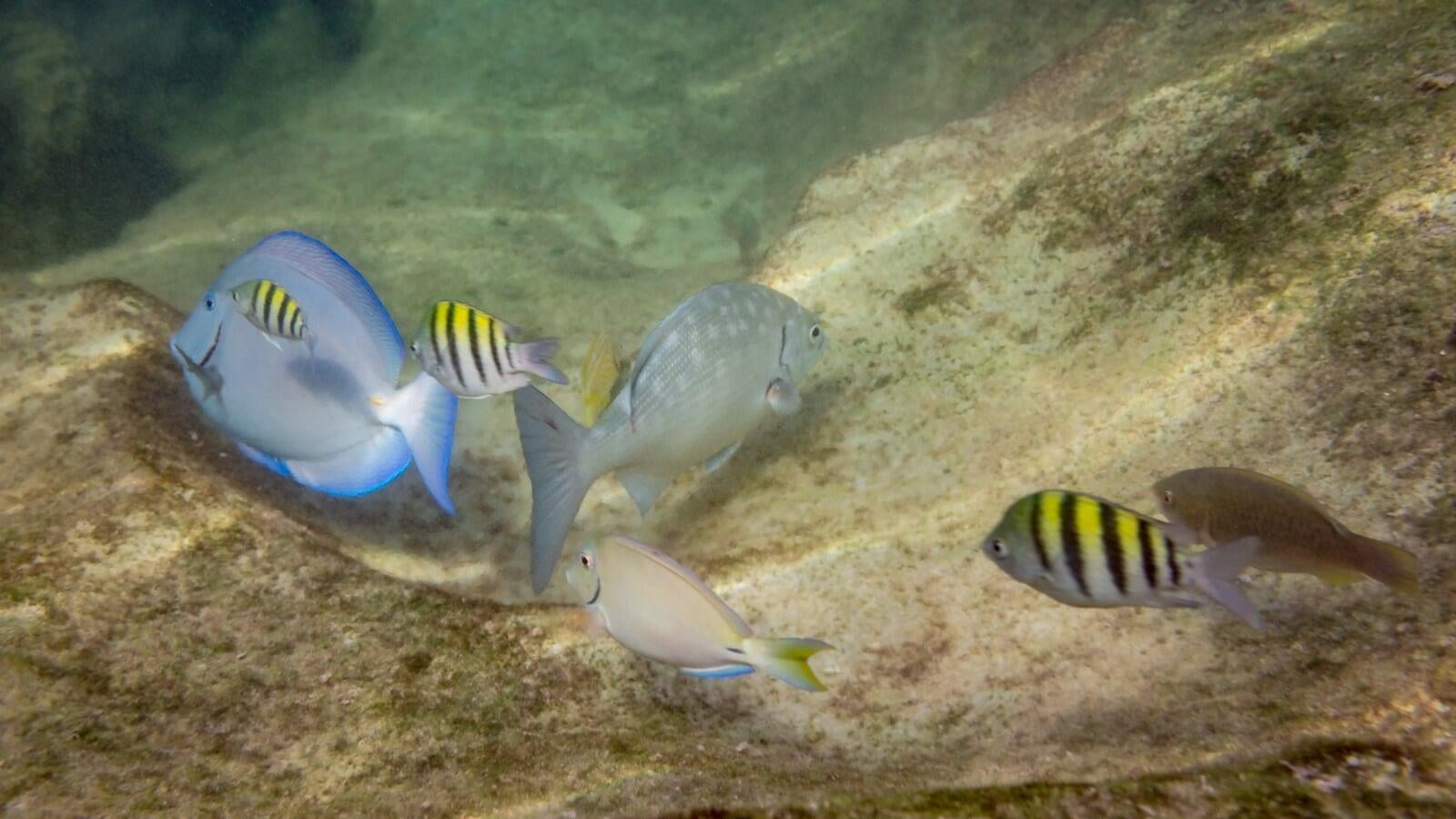
Adventure level:
Yal Ku lagoon was definitely our fav snorkelling place in Mexico so far. The water is super clear and fresh, and the fishes are not intimidated by humans. They just swim around minding their own business while we admire them from close, and there were tons of them. The visibility can be a bit limited on some places where the ocean water meets the fresh water, creating a murky fuzzy look, as the lagoon is connected to the ocean via two narrow channels.
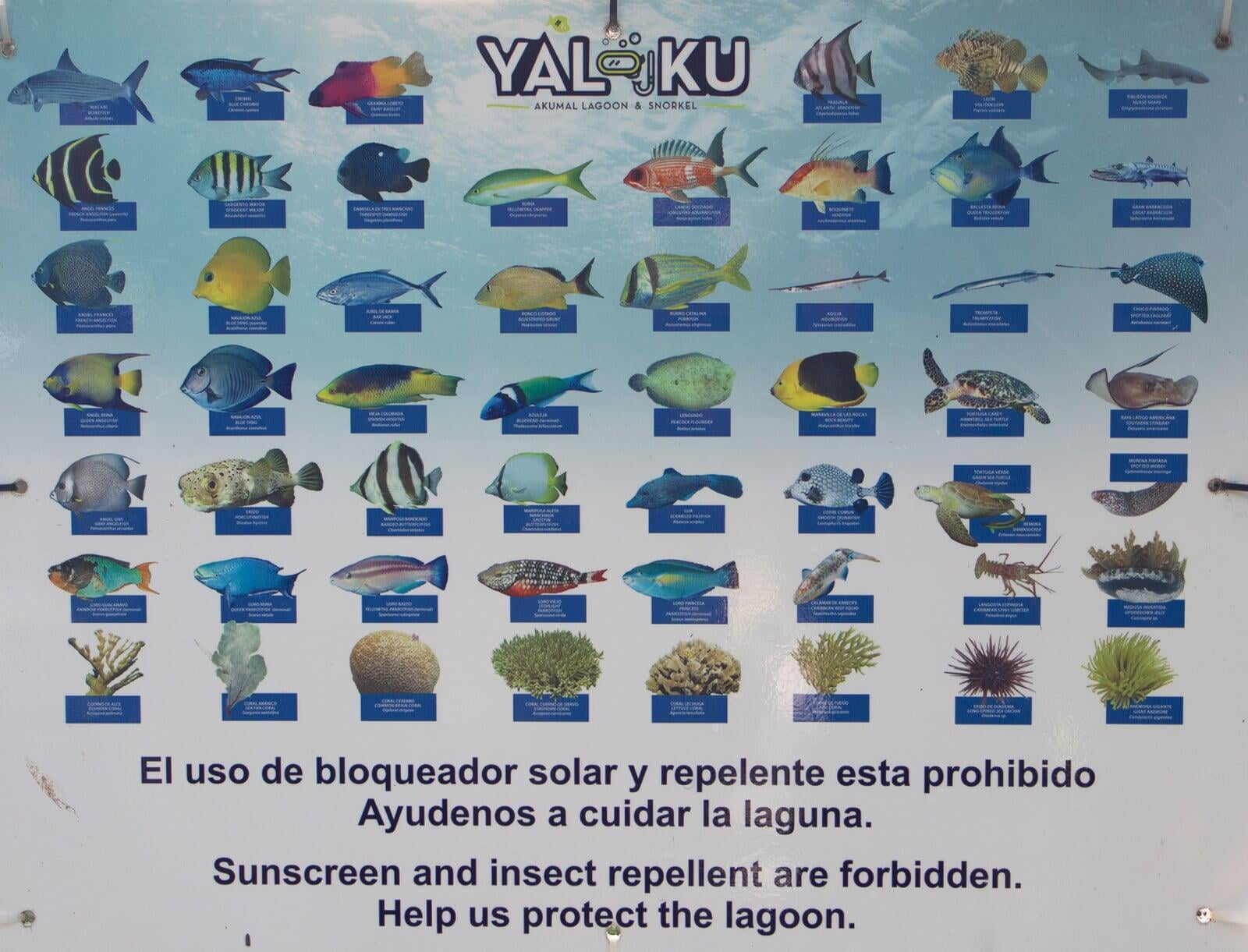
Facilities:
The only down part of the Yal Ku lagoon is its facility. It does have some unisex changing rooms, but it's minimal and not lit up, it can get dark in there. And their toilet is unbelievable, in a negative kind of way. I mean, with such an established spot of tourism and high entry fee, they could've at least build a flush toilet. Well, perhaps they are keeping their outhouse pit latrine style toilet for environmental reason but still... While some people's biggest nightmare is public shaming, mine is getting my butt bitten, or worse; licked while sitting on a toilet, and this toilet in Yal Ku lagoon looks like the place where my biggest nightmare could actually come true. And yes, thank you Ghoulies/Arachnaphobia movie for giving me this lifelong fear of monster in toilet.